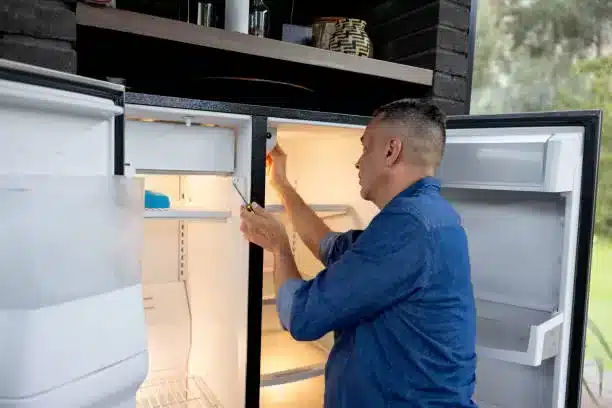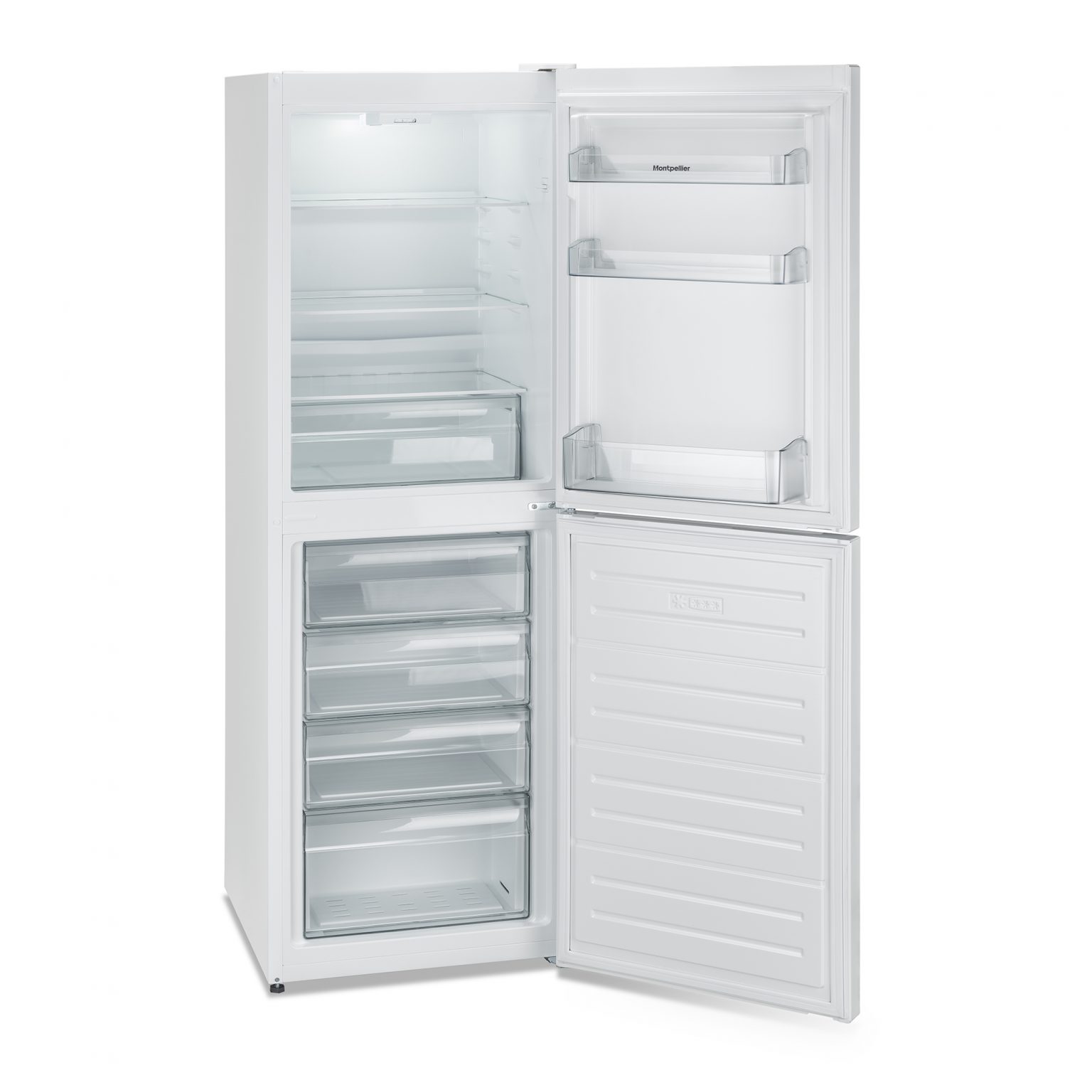
A freezer is a handy appliance that helps you store and preserve food for a long time. However, if your freezer is not freezing properly, you may end up with spoiled food, wasted money, and a lot of frustration. Fortunately, there are some common reasons why your freezer is not freezing, and some simple solutions that you can try yourself.
In this post, we’ll share some troubleshooting tips for a freezer that isn’t freezing, and help you identify and fix the problem. Whether your freezer is too warm, too noisy, or too frosty, we’ll show you how to get it back to its optimal performance.
**The most common reasons why your freezer is not freezing are:
The first thing you should do if your freezer is not freezing is to check the power supply. Make sure that your freezer is plugged in securely and that the outlet is working. You can test the outlet by plugging in another appliance or using a multimeter.
If the outlet is working but your freezer is still not freezing, check the circuit breaker or fuse box for any tripped or blown fuses. Reset the breaker or replace the fuse if needed.
If the power supply is fine but your freezer is still not freezing, move on to the next step.

The temperature control thermostat is the part that regulates the temperature inside your freezer. It tells the compressor when to turn on and off to maintain the desired temperature. If the thermostat is set too low or not working properly, your freezer may not freeze enough or at all.
To check the temperature control thermostat, use an analog thermometer and place it inside your freezer for 30 minutes. Then compare the reading with the setting on your thermostat. If there is a big difference, you may need to adjust or replace your thermostat.
To adjust your thermostat, turn it to a higher setting and wait for 24 hours to see if your freezer gets colder. If not, you may need to replace your thermostat. To replace your thermostat, you will need to unplug your freezer, remove the thermostat cover and wires, and install a new one. You can find a compatible thermostat online or at a hardware store.
The door gasket is the rubber seal that runs along the edge of your freezer door. It creates an airtight seal that prevents cold air from escaping and warm air from entering your freezer. If the door gasket is damaged or dirty, it can cause your freezer to lose its cooling ability and frost up.
To check the door gasket, inspect it for any cracks, tears, or gaps. You can also wet your hand and run it along the gasket to feel for any cold air leaks. If you find any damage or leaks, you will need to replace your door gasket.
To replace your door gasket, you will need to unplug your freezer, remove the old gasket from the door frame, and install a new one. You can find a compatible door gasket online or at a hardware store.

The evaporator fan and condenser fan are two fans that help circulate air inside and outside your freezer. The evaporator fan blows cold air over the evaporator coils inside your freezer, while the condenser fan blows hot air over the condenser coils outside your freezer. These fans help maintain a consistent temperature and prevent overheating.
If either fan is faulty or blocked by ice or debris, it can cause your freezer to not freeze properly or make loud noises. To check the fans, you will need to unplug your freezer and access them from behind or below your freezer.
To check the evaporator fan, remove the back panel inside your freezer and locate the fan near the evaporator coils. Spin the fan blades by hand and see if they move freely. If they are stuck or noisy, you may need to clean them with a soft brush or replace them.
To check the condenser fan, remove the back panel outside your freezer and locate the fan near the condenser coils. Spin the fan blades by hand and see if they move freely. If they are stuck or noisy, you may need to clean them with a soft brush or replace them.
The condenser coils are metal tubes that run along the back or bottom of your freezer. They transfer heat from inside your freezer to outside. If the condenser coils are dirty or damaged, they can reduce the efficiency and performance of your freezer.
To check the condenser coils, you will need to unplug your freezer and access them from behind or below your freezer. Remove the back panel or kick plate and locate the coils. Use a coil brush or a vacuum cleaner with a brush attachment to remove any dust, dirt, or debris from the coils. Be careful not to bend or damage the coils.

Q: How can I prevent my freezer from not freezing?
A: There are some preventive measures that you can take to keep your freezer in good working condition and avoid freezing problems, such as:
Q: How do I defrost my freezer?
A: If your freezer is not frost-free, you will need to defrost it manually to remove any ice buildup that can affect its performance. To defrost your freezer, follow these steps:
Q: How do I know if my freezer needs professional repair?
A: If you have tried all the troubleshooting tips above and your freezer is still not freezing, you may need professional repair. Some signs that your freezer needs professional repair are:
If you notice any of these signs, you should contact a qualified technician to inspect and repair your freezer.
A freezer that isn’t freezing can be a frustrating and costly problem. However, there are some common reasons why your freezer is not freezing, and some simple solutions that you can try yourself. By following the troubleshooting tips in this post, you can hopefully fix your freezer and get it back to its optimal performance.
We hope this post has helped you learn how to troubleshoot a freezer that isn’t freezing. If you have any questions or comments, please feel free to leave them below. And if you’re looking for more tips on how to use kitchen appliances and food safety, don’t forget to check out our blog at PressToCook.com!
